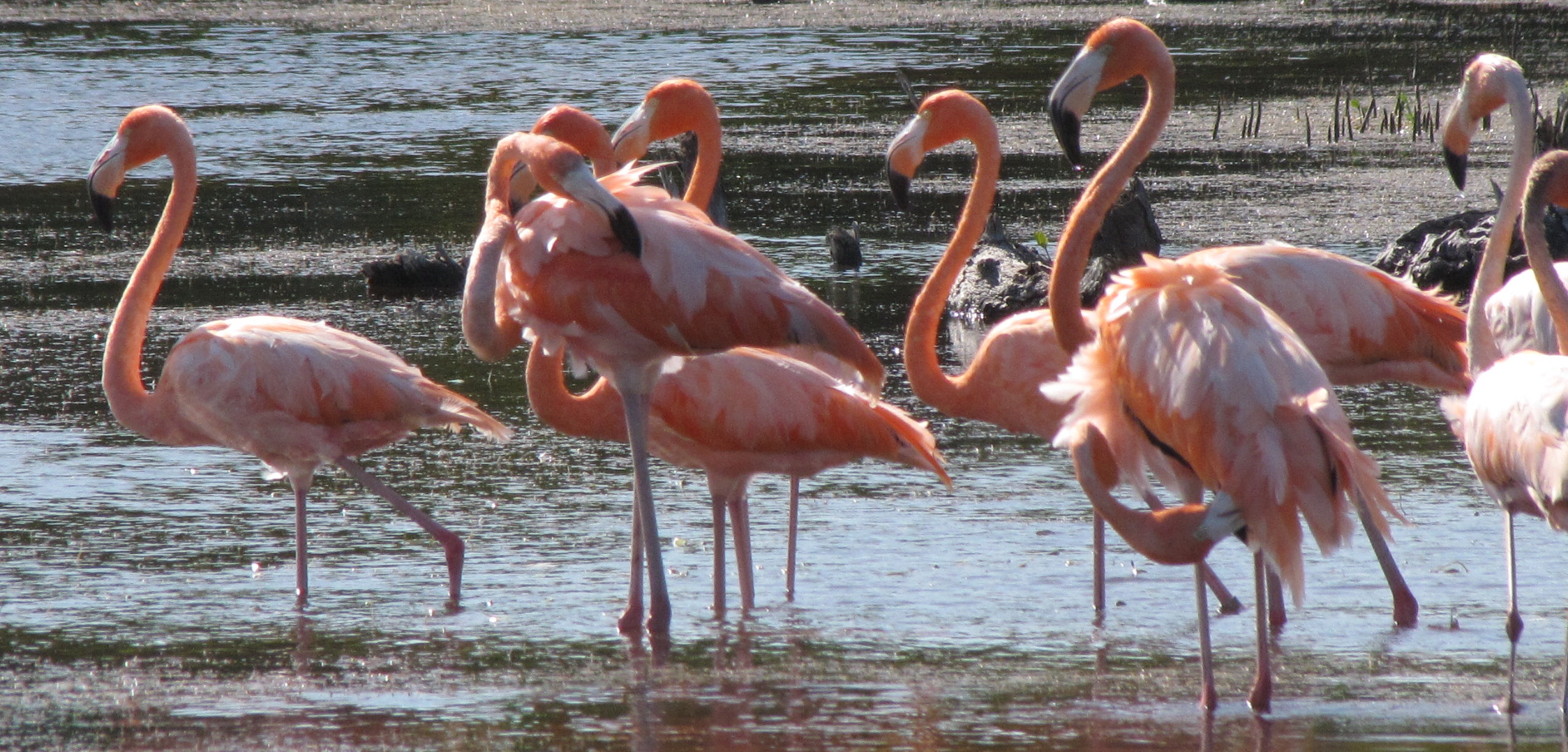The famous photographic book publisher, Aperature, has a new title which examines Mexican portraiture. Anyone who has ever had a bad hair day knows that this category calls for equal time. So here’s another:
Recurring themes in Mexican portraits
With hundreds of portraits spanning a century and a half, the instinct would be to sort them chronologically.
But curator Pablo Monasterio ignored the dates and organized the book “Mexican Portraits” by recurring themes, such as lucha libre wrestling or occupational portraits.
The book, published by Aperture, features a selection of photos from Fundación Televisa.
“Instead of explaining what’s happened with portraiture, I looked for what photographers and artists were doing and how it relates to history,” Monasterio said.
For example, Jose Luis Cuevas’ images from the series “The Average Man” (Image 10) portray the typical working man of the 21st century in what he would wear to the office, a practice that had been common a century before (Image 2).
But this type of portrait dates to before photography: In the early 19th century, Europeans visiting Mexico would paint portraits of the residents in their work outfits to show the foreign country and people to other Europeans, Monasterio said.
Mexico’s traditions come through in the portraits, he said.
The photos shot by Romualdo Garcia (Image 1) from the early 20th century are a great example of the era of posed portraits taken in a studio. The subjects would come in and put on dresses and coats provided by the photographer in the studio.
Monasterio said Garcia was the best studio photographer in the ’20s.
“It’s absolutely wonderful how people trusted the photographer and to see the results he gave them,” Monasterio said.
The photographers can send messages through their works that might not be clear before the edited series is compiled.
Daniela Rossell took portraits of wealthy Mexicans in their homes for a series titled “Rich and Famous” in the late ’90s (Image 9). Individually, the images seemed flattering, but when the full series came out, it appeared critical of high-class people, Monasterio said.
“Many were offended and felt they were manipulated,” he said.
Years later, most of the subjects are happy they were a part of the series and are pictured in the book, Monasterio said.
In a chapter titled “Mask versus Mullet,” Monasterio pulled images that related to masked wrestling known as lucha libre. In these matches, the loser is humiliated by having to remove his mask and have his hair cut in front of the crowd. Monasterio placed a portrait of a hacked hairdo after a loss from 1939 (Image 3) with a series of portraits of hairstyles resembling a wrestler’s loss that were taken in the 1960s (Image 7).
Monasterio, who spent a little over two years putting the book together, scoffed at the question of how many images he looked at. He has been an editor for decades, and some photos and themes have been on his mind since the start of his editing career, so he didn’t have to revisit them.
“Portraiture is something that is everywhere,” he said. “It gets to a point where almost everything can be a portrait.”
Every image has a different voice depending on the experiences of the viewer, he said, but Monasterio likes to try to control the interpretation through editing.
“My obsession is trying to guide the reading,” he said.
– Lauren Russell, CNN
CLICK for additional images.



Thanks, Eric. That’s a really interesting description, which I expect to re-read/re-view many more times.
Alinde
Hi Alinde,
People are interested in other people. And portraits are frozen moments which can be worth pondering. Glad you enjoyed the post. ~eric.